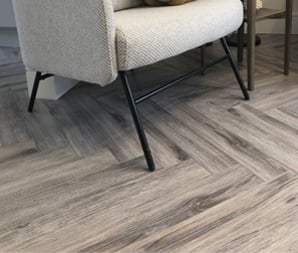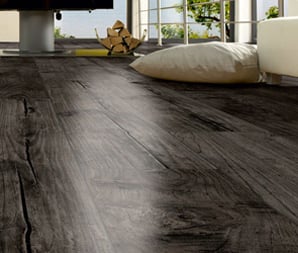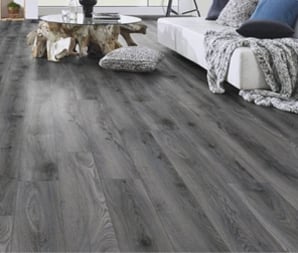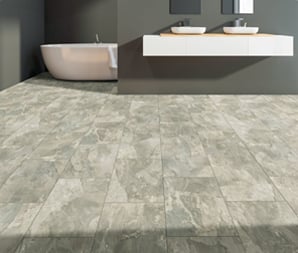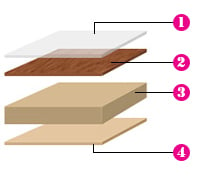To lay laminate flooring, you’ll need to measure the floor area you want to cover, shop for all the necessary materials, choose the right trims and underlays, and prepare the subfloor. Once you’re ready to start, you’ll need all the right materials, tools, and safety equipment for the job.
Installing laminate wood flooring requires intermediate DIY skills. It’s more challenging than painting a wall but less difficult than adding crown moulding.
Most laminate flooring options are “click” systems, letting you simply slot and lock flooring elements into place. In some situations, you may need to cut the flooring to the right size, but not always.
If you would like to know what to do in more detail, see our step-by-step guide to laying laminate flooring. It tells you everything you need to know so that you can install your own laminate flooring at home. If you don’t feel confident laying a laminate floor, or you are a DIY beginner, you can get a professional to do it for you.

 0121 328 5391
0121 328 5391


